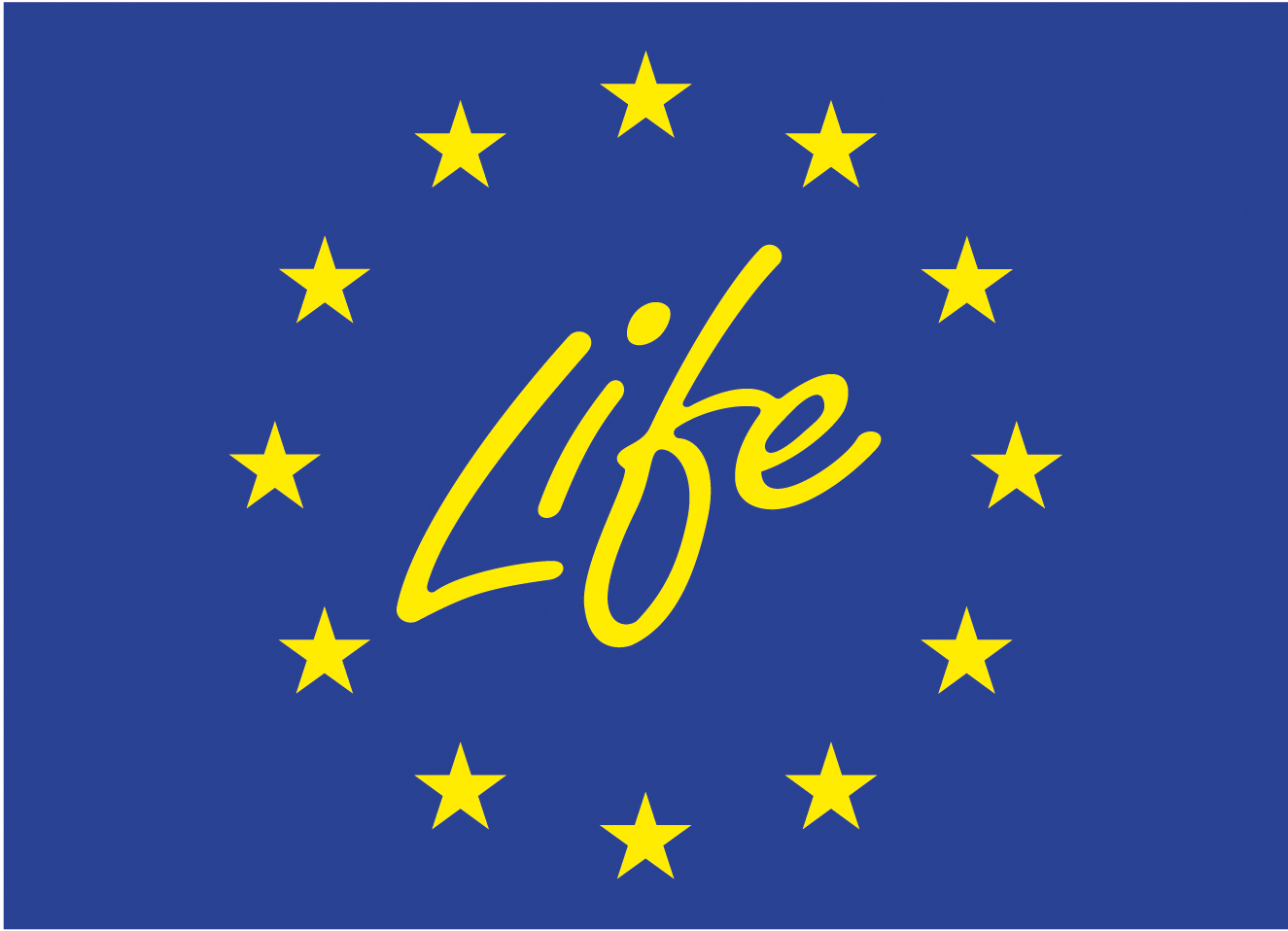

Life+ Gypsum to Gypsum (GtoG) ‘‘From production to recycling: a circular economy for the European Gypsum Industry with the Demolition and Recycling Industry’’, LIFE11 ENV/BE/001039
2013-2015
The GtoG project aims to promote the recycling of the gypsum plasterboards which surface is covered in paper. The general purpose is to transform the gypsum plasterboard business through the re-incorporation of 30% of the recycled gypsum, coming from the rejection of its manufacturing with Construction and Demolition Waste (CDW), in the manufacturing process of new plasterboards. For this purpose, the recycling practices of gypsum plasterboards are reviewed in eight European countries: Germany, Belgium, Spain, France, Greece, Netherlands, Poland, and the United Kingdom.
Reasons to recycle gypsum plasterboards waste:
-
Gypsum is a 100% recyclable material
-
The Waste Framework Directive of the European Union (Directiva 2008/98/EC) establishes the hierarchy of waste that needs to be applied as a priority in the member states.
-
The directive 2008/98/EC also establishes that before the year 2020 the preparation for reuse, the recycle and other types of valorization of not hazardous waste coming from CDW, excluded soil and stone, should be increased up to a minimum of 70% of its weight.
-
If gypsum waste is accepted in dumping sites for no hazardous waste, its sulfate content can decompose in hydrogen sulfide (H2S) among other substances: it is a flammable gas dangerous with harmful effects for the environment and human health when inhaled.
-
Through the recycling of gypsum waste, the depletion of gypsum as a raw material is avoided. Moreover, the environment is preserved reducing the rock extraction in mines and the percentage of waste that is moved in the dumping site.
The closure of the life cycle of gypsum means use the recycled gypsum as an alternative raw material in the production of new plasterboards. This requires a strict collaboration between the distinct actors that participate in the gypsum plasterboards recycling value chain closed circle:
-
Buildings owners, executive directors of building material, consultants, architects, and technicians: as responsible for decision-making they can promote the recycling from the start of the value chain.
-
Construction and demolition companies: the role they play during the construction, renovation and demolition works is fundamental and it is possible through an effective management of CDW, including a right waste separation during the works.
-
Gypsum recyclers: the process of gypsum plasterboards recycling relies on the crushing of gypsum plasterboards and on the following sifting, separating the paper and the possible contaminants in the waste in order to obtain a product that has the same fine granulometry of the recycled gypsum
-
Gypsum plasterboards manufacturers: through agreements between recyclers and manufacturers and through a growing confidence in this alternative raw material, it is expected an increasing use of recycled gypsum in Europe in the following years.
Participants: Parra y Alfaro, José Luis; Del Río Merino, Mercedes; De Guzmán Báez, Ana; Jiménez Rivero, Ana; Monge Hernández, Mercedes.
